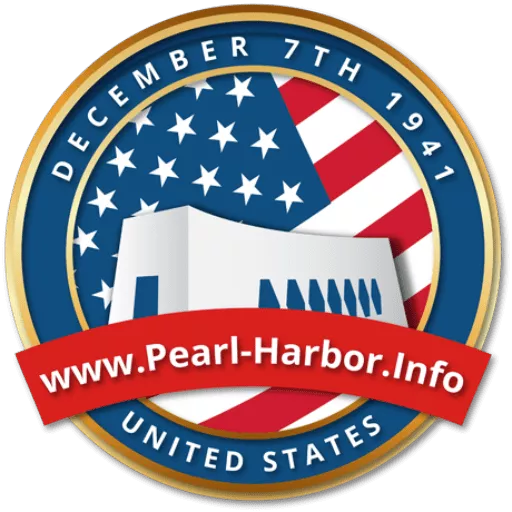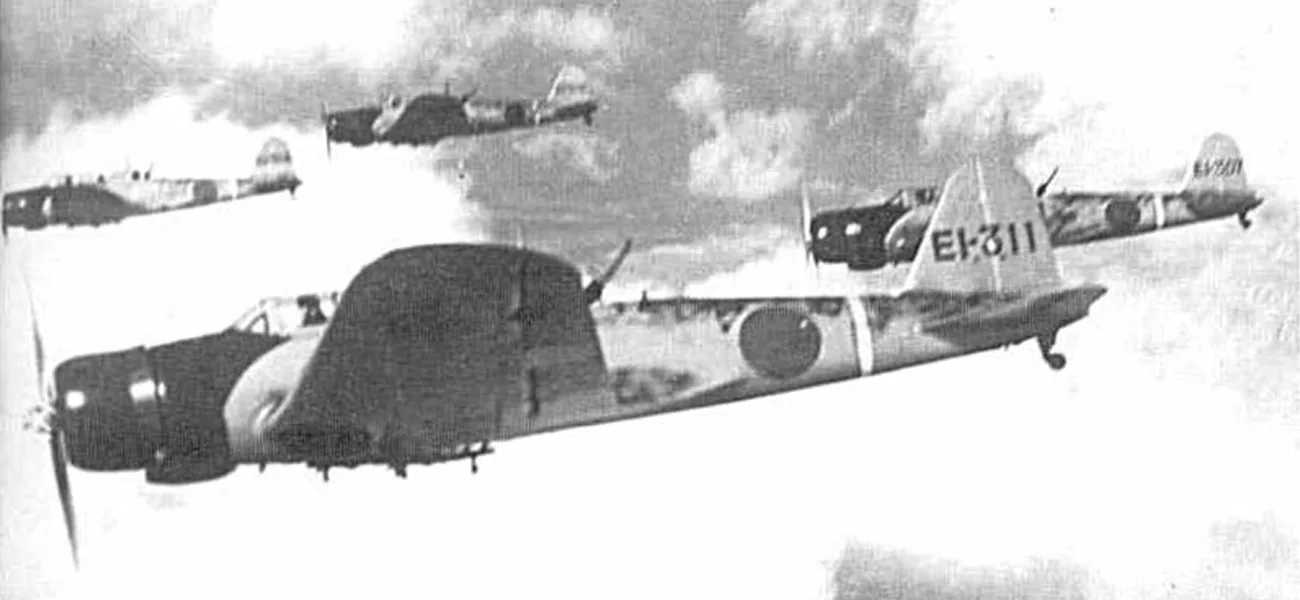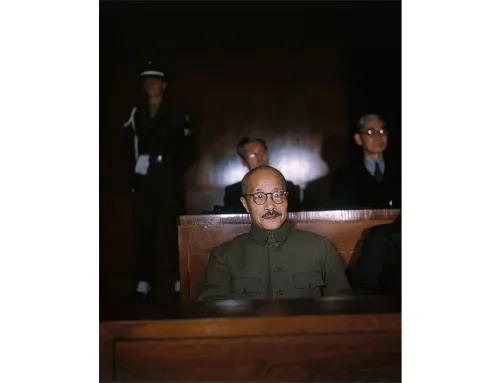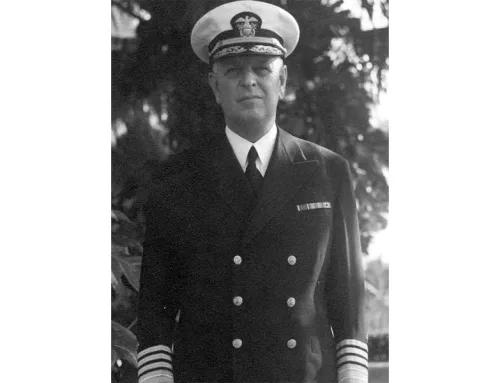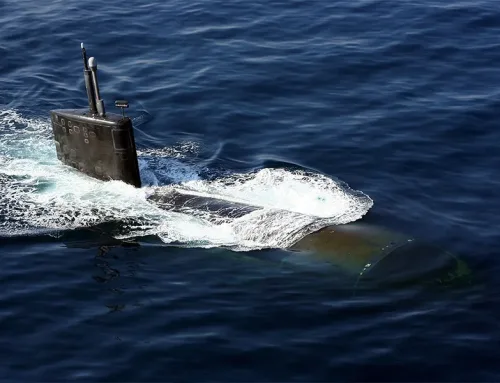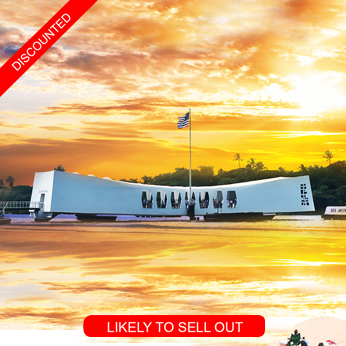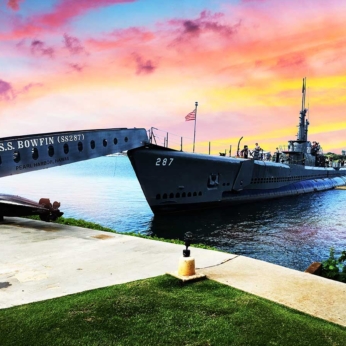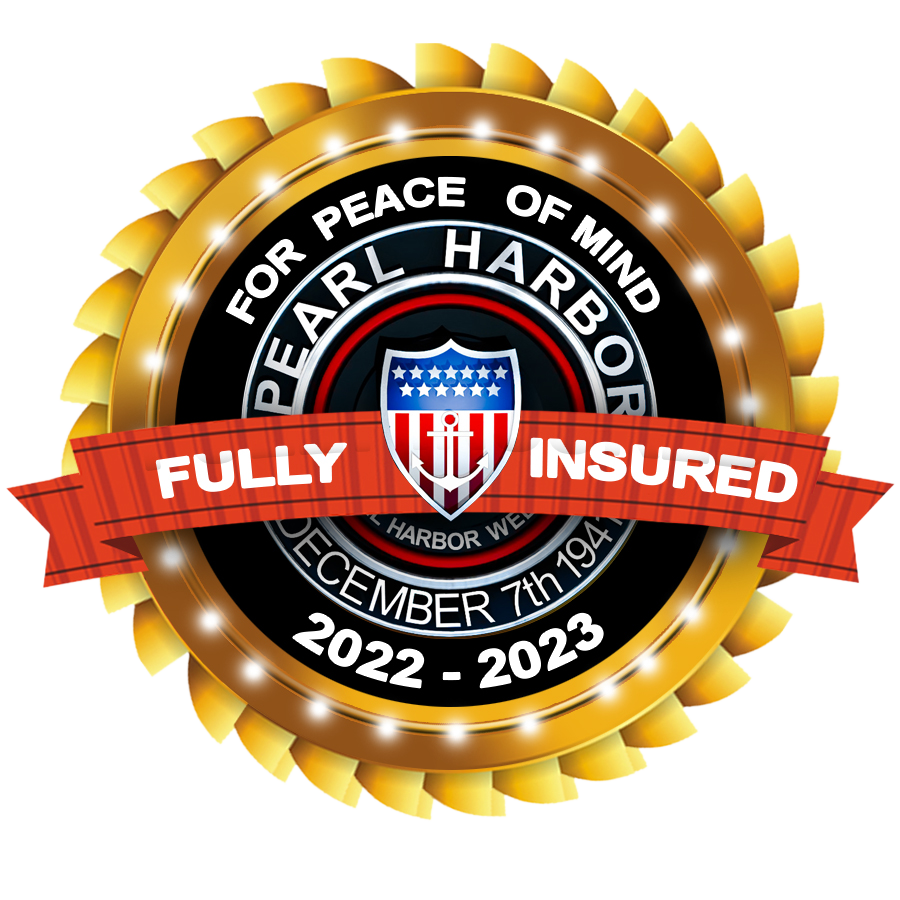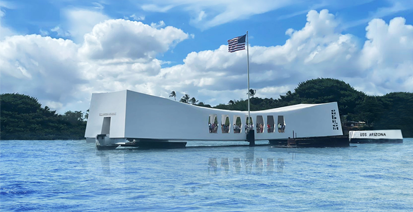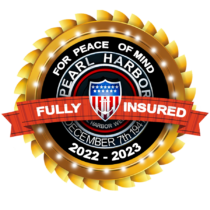Japanese War Machines of the Pearl Harbor Attack
Nakajima B5N2 torpedo planes from carrier Shōkaku. The tail mark 'EI-311' indicates this is one of the torpedo bombers (used as high level bombers) led by Shigekazu Shimazaki during the attack on Pearl Harbor https://commons.wikimedia.org/wiki/Attack_on_Pearl_Harbor., Unknown Author, 1941, http://www.ijnafpics.com/jbwb5m1.html, PD-Japan-Oldphoto
The attack on Pearl Harbor on December 7, 1941, is etched in history as a moment of profound shock and devastation. There were used many Japanese war machines at Pearl Harbor by Japan. This surprise military strike by the Imperial Japanese Navy Air Service not only catapulted the United States into World War II but also showcased a formidable array of Japanese war machines that played a crucial role in the operation. Understanding these machines offers insight into the technological prowess and strategic planning behind this pivotal moment in history.
Aircraft of the Attack
The primary instruments of the attack were the Japanese aircraft, meticulously designed for their respective roles in aerial combat and maritime assault.
- Mitsubishi A6M Zero
The Mitsubishi A6M Zero, often just referred to as the Zero, was the star of the Japanese air fleet. Renowned for its exceptional maneuverability and long range, the Zero was a carrier-based fighter aircraft that outperformed many of its contemporaries in dogfights. Its lightweight design and powerful engine allowed it to execute rapid and agile movements, making it a formidable opponent in aerial combat. At Pearl Harbor, the Zero’s role was primarily to establish air superiority, providing cover for the other attacking aircraft and engaging American fighters. - Nakajima B5N ‘Kate’
The Nakajima B5N nicknamed the ‘Kate,’ was a torpedo bomber that proved devastating during the Pearl Harbor attack. With its distinctive torpedo capability, the B5N was pivotal in striking the naval ships anchored in Pearl Harbor. The bomber’s design featured a robust frame and a powerful engine, enabling it to carry and launch torpedoes effectively. The effectiveness of the B5N was highlighted by the severe damage inflicted on battleships like the USS Arizona and the USS Oklahoma. - Aichi D3A ‘Val’
The Aichi D3A, or ‘Val,’ was a dive bomber that played a critical role in the attack. This aircraft was designed to dive steeply onto targets, releasing bombs with precision. The Val’s effectiveness was enhanced by its streamlined design and powerful engine, which allowed it to perform accurate bombing runs. The dive bombers contributed significantly to the destruction of key targets, including battleships and other naval vessels.
Supporting Elements
In addition to aircraft, the attack involved various support elements that facilitated the efficiency and impact of the strike.
- Torpedoes
The torpedoes used during the attack were a crucial component of the Japanese arsenal. Designed to be launched from torpedo bombers like the B5N, these weapons were specifically engineered to penetrate battleship armor. The torpedoes used were the Type 91, which were notable for their range and effectiveness. Upon impact, these torpedoes caused significant damage, leading to the sinking or severe damage of multiple ships. - Aerial Tactics and Formation
The success of the Pearl Harbor attack was also due to the strategic deployment of aircraft in waves. The Japanese used a combination of high-altitude bombers, torpedo planes, and fighters, organized in a coordinated assault that overwhelmed the American defenses. This multi-layered attack strategy ensured that the Japanese planes could effectively neutralize air defenses, allowing their torpedo and dive bombers to strike crucial targets with minimal interference.
Most Popular Oahu Tours
Best Pearl Harbor Tours

The following tours are recognized as the most popular Pearl Harbor Tours on Oahu. While generally, our price is the lowest in the market now, for a limited time, they are on sale too. Please be advised that Pearl Harbor tickets and USS Arizona Memorial tickets are included in all of our Arizona Memorial Tours, Pearl Harbor small group tours, and private Pearl Harbor tours.
